Standard for High-Strength Low-Alloy (HSLA) Structural Steel
Steel is a group effort. The addition of alloying elements or additives heightens the properties of steel, improving its mechanical properties, weldability, and resistance to…
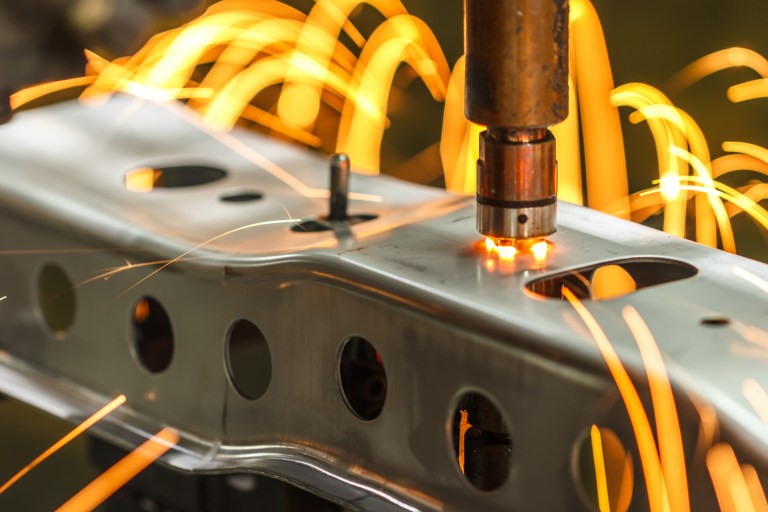
Steel is a group effort. The addition of alloying elements or additives heightens the properties of steel, improving its mechanical properties, weldability, and resistance to…

A plentiful resource in industry because of its reliable support and stainless properties, steel is one of the most commonly used metals on the planet….

Construction engineers and safety inspectors can see the same building from different perspectives. An engineer or architect may eyeball the individual elements and consider the…

ASTM A370-24 is used to test and determine specific mechanical properties of steel, stainless steel, and related alloy products. It is important that these types…

In their natural state within the earth’s crust, even the most abundant metals are rarely useful. To become viable in products across the spectrum of…
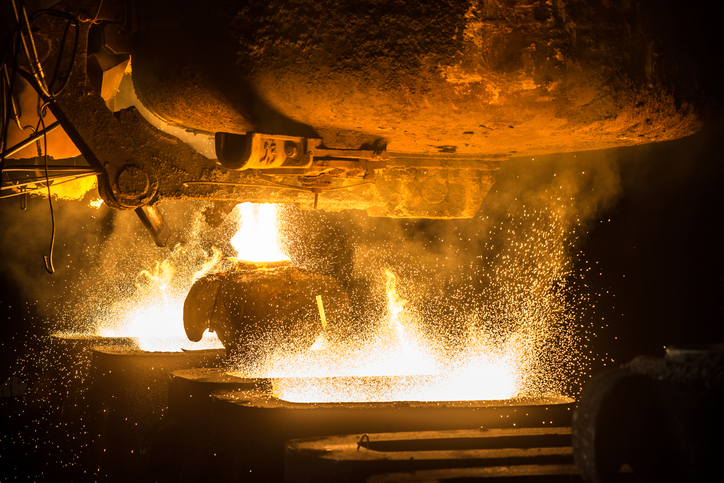
If human eyes could examine the world on the atomic level, they’d witness a competing collection of tiny particles joining together, reacting or fortifying one…
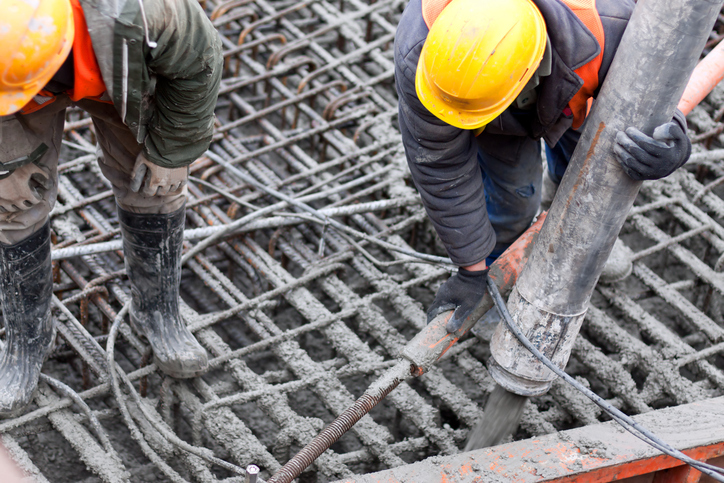
Reinforced concrete simultaneously combines the compressive strength of concrete and the tensile strength of reinforcing steel to craft an especially durable building material. It is for…
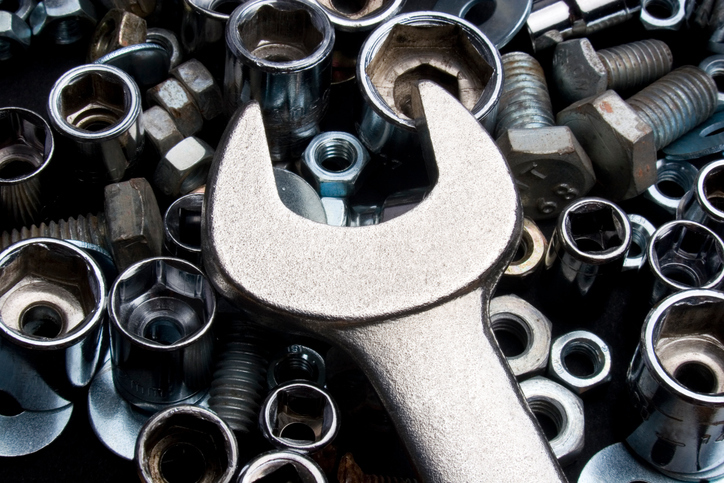
Steel and iron often earn their rust-resistance through galvanization, which involves coating the material in zinc. There are several alternatives for carrying this out, but hot-dip…
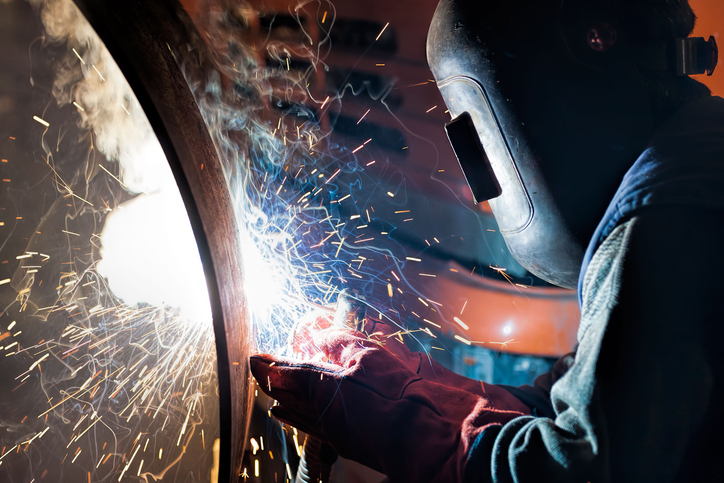
Steel makes cities and products, and it otherwise comprises an assortment of components that are depended on for their strength and resistance to heat and…